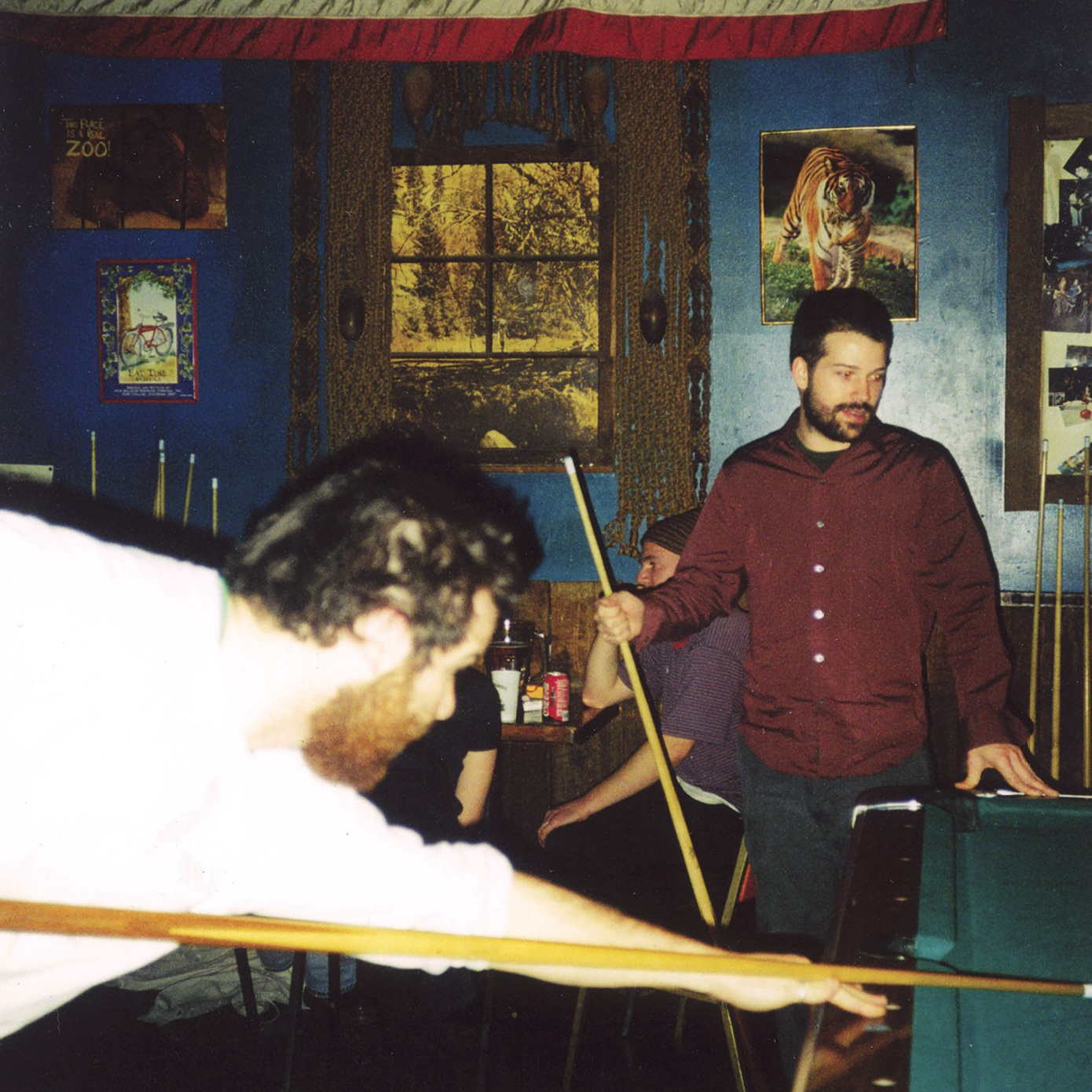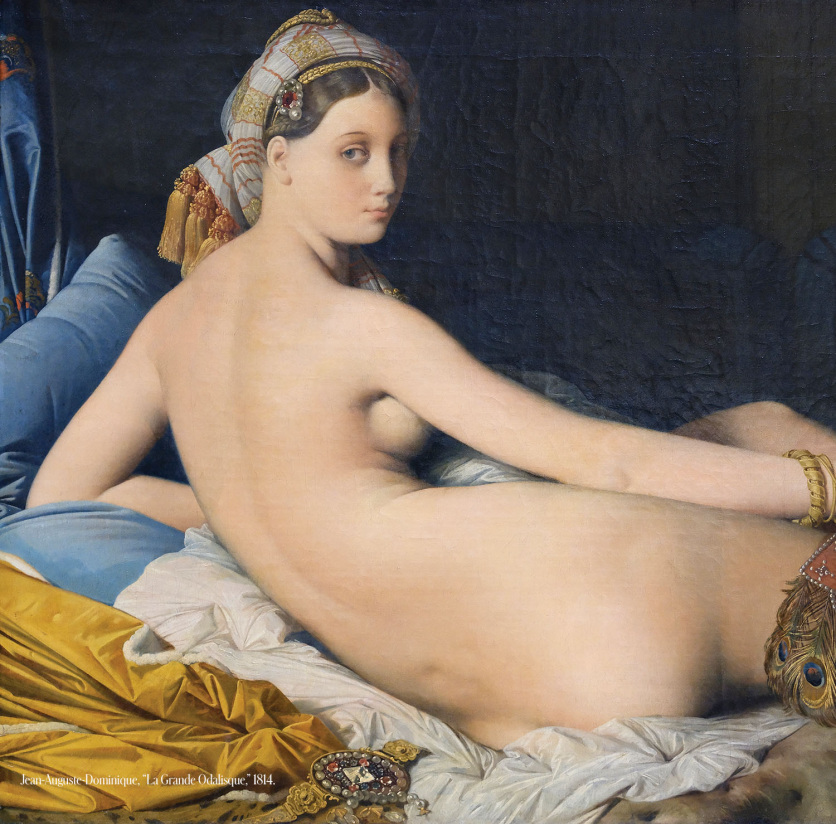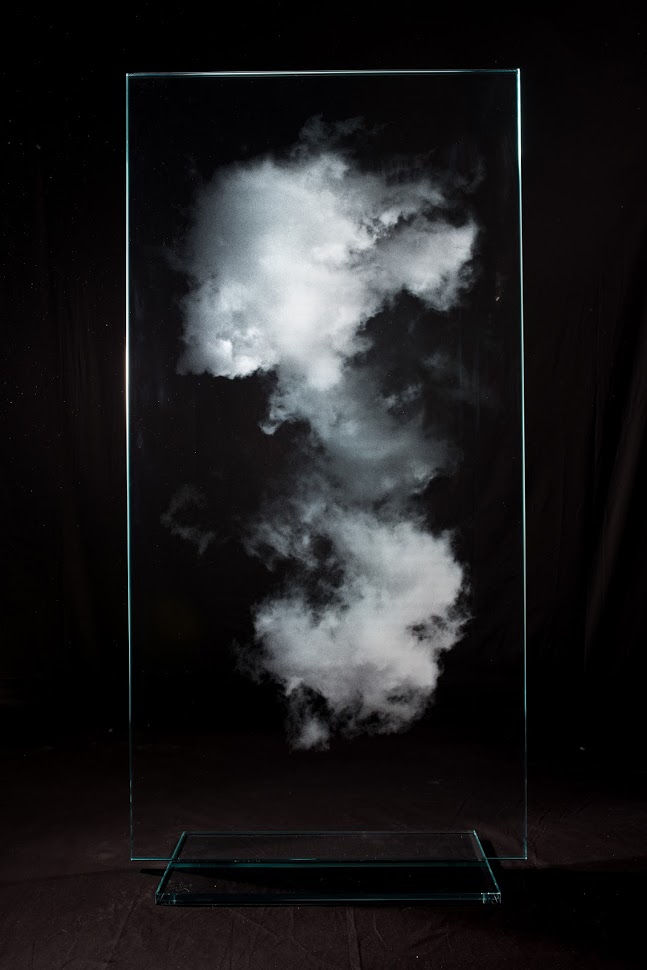
Japanese-Russian-American artist Miya Ando has two site-specific works on view at the Noguchi Museum, Haku-Un (White Cloud) 4.8.1 and Haku-Un (White Cloud) 3.3.1. The suspended plate-glass pieces showing etched clouds can be found in the indoor-outdoor sculpture garden at the museum beginning April 25. Cultured sat down with the artist to talk about her fascination with processes and transforming materials.
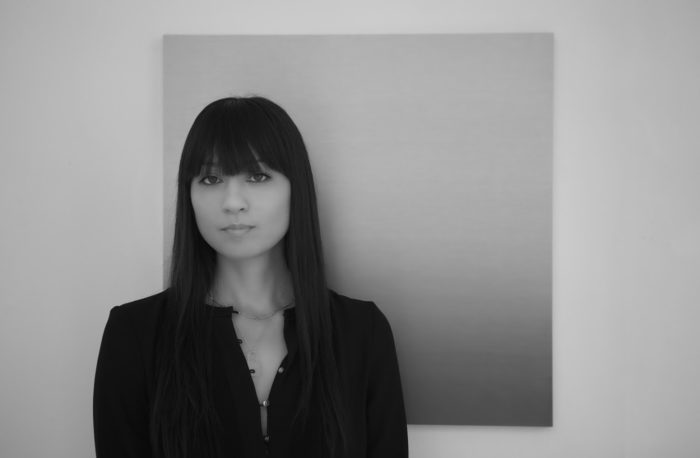
What is the first piece of art that you remember making? You know when I grew up my parents were hippies—we had clay, a kiln, everything… crayons, markers, papers, beads. I remember when I was really young, drawing and just painting. That must have been maybe at four years old, I remember getting in trouble for walking carelessly on my sister’s art because it was everywhere and it was just us playing and it wasn’t precious. My mom always had us do flower arranging too and all I remember is when I was a really little girl thinking it was like an art to take flowers and arrange them in sculptural ways… it is something that you see in different angles.
Do you still have an attitude of “play” towards your art today? You know, I do… I was talking with my assistant—I have a studio in LA—and she was asking if I got my work done. It was taking a while setting it up and I said “Yeah I was actually playing with this.” I love watercolors—it’s kind of a hobby, it’s for fun. It’s chemicals, a solid-based dye and I’m trying to get it to behave like a wash in a way that you move around the watercolor and it was really fun. It wasn’t really successful, I don’t think it’s meant to be used in that manner, but it’s very fun—I never think too hard about what it says to do with things. I take my duties very seriously but I also really give myself a lot of time to play with things and a lot of these techniques you could say that they are not conventional—the use of many patinas and pigments and urethane, making paint and layering them in this manner. The mix of materials is a little unusual, I think it requires a lot of that curiosity and sort of trying to manipulate things into coming out in these ways.
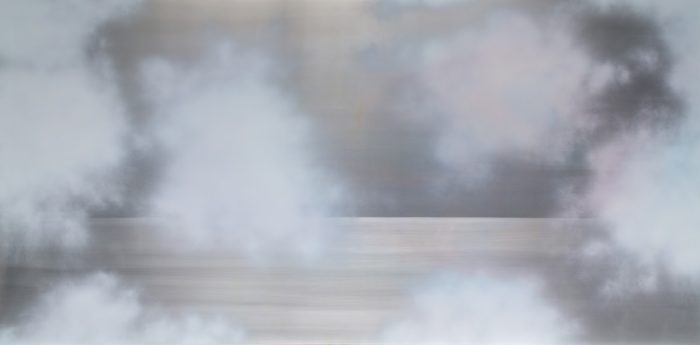
When did you decide to dedicate yourself to creation? Was there a moment or an event when everything became clear that this is what you wanted to do? I feel a little embarrassed telling this story, but it is kind of true. One of my father’s hobbies was working on cars, rebuilding them and finishing them; he had taught me how to braze, which is working melting brass and I loved the sparks—in Japan you have hanabi which is like firecrackers, they’re sparklers that you hold and all summer long you have these sparks. It reminded me of that. This is when I was like late teens, twenty, twenty-one, when I was in college and I took a welding, which is such an intense activity because the time to create, you don’t have the time to think about anything and it’s intense—you just are watching the spark and you have to make it really hot and you’re putting together two plates of steel. During that moment I thought this is really a transformation, we can take two things and it becomes one thing. That was my sort of beginning of being really interested in metallurgy. From there I went into a bit about metallurgical alchemy, there’s a transformation of one thing going to a different state or from one element, whatever it is you choose to see these pictures as and there’s something very fascinating to me in that moment. When I was nine I met a bronzer and that was the first time I realized that this is something you could do every day. It’s a little odd to think about having an epiphany in the darkness because usually ideas the conventional way involve light or something—like in cartoons when you have a light bulb on the top of your head.
Do you begin each piece with a sense of what it is going to ultimately look like, or do you focus more on the process and it becomes clear as you work? I have a pretty clear idea of what exactly I would like it to look like. It usually comes from the very last thing I make. There’s a continuum that is really defined and like I said I was playing with these sort of washes on metal, but that’s developing as sort of a new technique I would say. With the paintings, it’s in this sort of frame of mind when something leads with the next advancement of that same thought. That’s how I see the works unfolding, then I go through the role of my technical tools to figure out how to get something to look a certain way. I think because of the process there’s nothing really that is considered accidental, especially when you work in layers.



